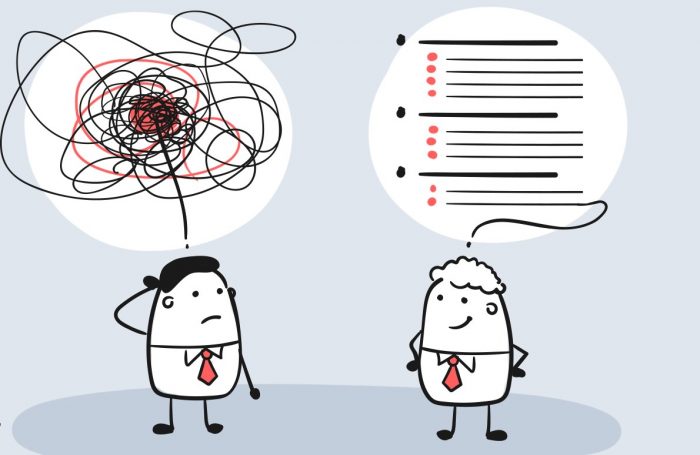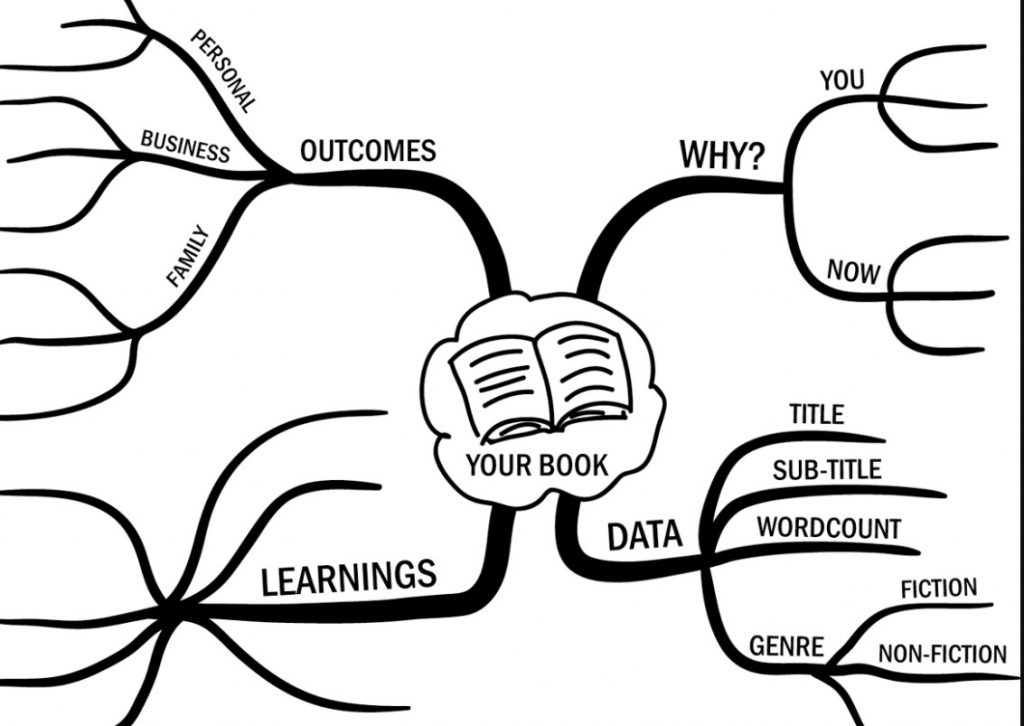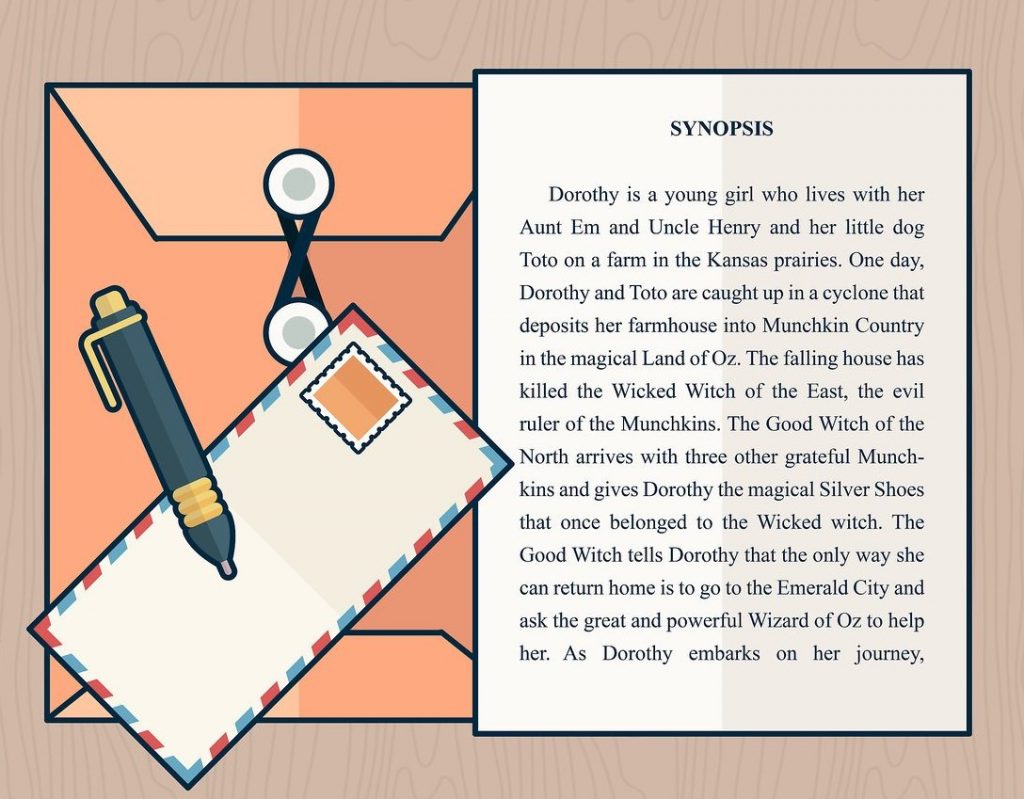
Writers of all kinds know that outlining and planning is a critical step in the writing process.
It helps you organize your thoughts, clear your head, and keep you on track. Many people claim that outlining just isn’t for them, but this is simply because they haven’t found the outlining method that suits them. If this sounds like you, keep reading.
Especially when it comes to long writing projects like research papers or novels, some form of outlining is necessary. It allows you to manipulate plotlines and characters or flesh out ideas before you’re actually putting words on paper. This increases the speed and quality of your writing because your thoughts are fully formed before your pages deep in an article or book. Many novelists will even spend multiple days or weeks outlining before they even begin the first draft.
What most writers don’t realize is that outlining comes in many shapes and forms. You may even be outlining without realizing it – there are endless ways to plan out a writing project, and different methods suit different types of thinkers. See if one of these methods works for you:
1. Standard Outline

This is what probably comes to mind when you hear the word ‘outline’. The standard outline method consists of creating a bulleted or organized list of the structure of your writing piece. You start with the broad topics or main events and then fill in the details until you have a fully fleshed “skeleton” of the project. This method works well for writers who have a starting idea of what they’re going to be writing about, and for writers who like to have a solid structure they can stick to while writing. There are many forms of traditional outlines depending on the nature of the project:
Hero’s Journey: This is a 12-stage template for novels that follow a hero or protagonist on an adventure. It consists of three main acts: departure, initiation, and return. These acts are then split into four stages or main events each.
Three Act: The 3-act structure is similar to the hero’s journey, but is more versatile. This structure involves splitting the story into three main sections: introduction, middle conflict, and climax/resolution. This structure can apply to almost all fiction novels and short stories and leaves a lot of room for creativity.
Eight Sequence: This is a standard structure for writing screenplays or film scripts that organizes the plot into 8 major sections.
Most existing structure templates apply to nonfiction or creative projects. Any of these can be adapted to suit your project or to be more unique and original. The main idea behind the traditional outline is beginning with broad main ideas and then adding details.
2. Mind Mapping

If you’re a visual learner, you might prefer mind mapping, which puts a tangible twist on the traditional outline. When making a mind map, you start by writing the main concept on the center of a blank paper or whiteboard (you can also use sticky notes). Then, you add related ideas or subtopics surrounding the main idea and draw connecting lines. Continue adding subtopics and related details until you have a fully fleshed map. This type of visual outlining is useful for nonlinear topics like research or character development.
Now, if you’re thinking, “I haven’t used a physical piece of paper in years,” that’s okay. There are hundreds, if not thousands, of online mind mapping tools you can use. Online tools are even preferable to real paper because they allow you to easily rearrange your mind map as you add new information or change your mind. Some apps are more straightforward, while others offer unique and innovative features.
Braincat is a perfect example of a popular new app that takes mind mapping in a new direction. Rather than starting with the main idea, Braincat begins the process at the details by letting you write down everything that’s on your mind in any order. Once you’ve entered in all of your thoughts, you look at each item individually and decide what category it belongs in. Only after categorizing and sequencing the categories do you name the whole project. Braincat then shows you your mind map based on all the information you put in; you can also see a traditional outline format. Almost all users report that going through this process and then viewing the complete mind map helps them see their project in new ways and stay open to new ideas.
3. The Synopsis Method

The synopsis method is great for those who enjoy freewriting and drafting. To begin, write a bare-bones summary of your story or writing piece. This can be anywhere from a couple paragraphs to a couple pages. Write down the major points and ideas with none of the details. For informative writing, this would include things like a thesis statement and main arguments.
For creative writing, this could be major plot elements and main characters. Then, expand the summary by adding details about each main point. Continue adding details until you are content with your synopsis!
4. The Bookend Method

This technique is typically favored by creative writers who don’t like outlining. All you need to decide is the beginning and the end of the story. Then, simply discovery write everything in between. If you want more structure, you can mark major plot elements or events and freewrite your way from checkpoint to checkpoint. This method helps you outline without feeling like you’re outlining, and leaves plenty of room for new discoveries.
5. The Snowflake Method

This technique offers a twist on the synopsis method that features more structure and less freewriting. Begin with a one-sentence summary of the project. Expand this into a paragraph that includes important main ideas. For story writing, make a character list that includes the basic characteristics of each main character. Next, take each sentence of your one-paragraph summary and expand it into a paragraph, and add details about each character to create full character sheets. You can continue adding detail to each synopsis until you have a fully fleshed outline.
















